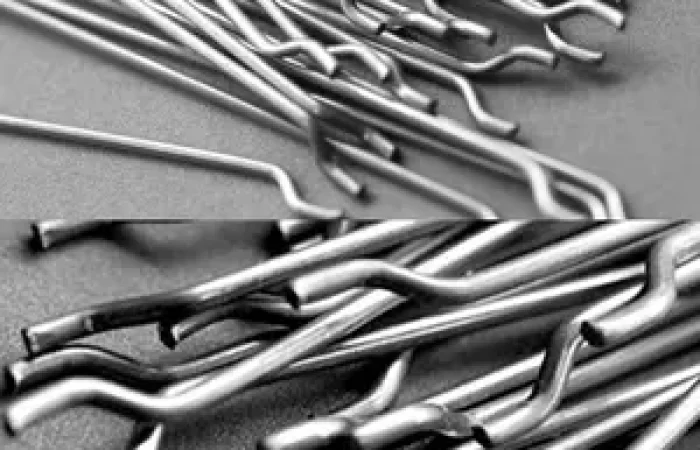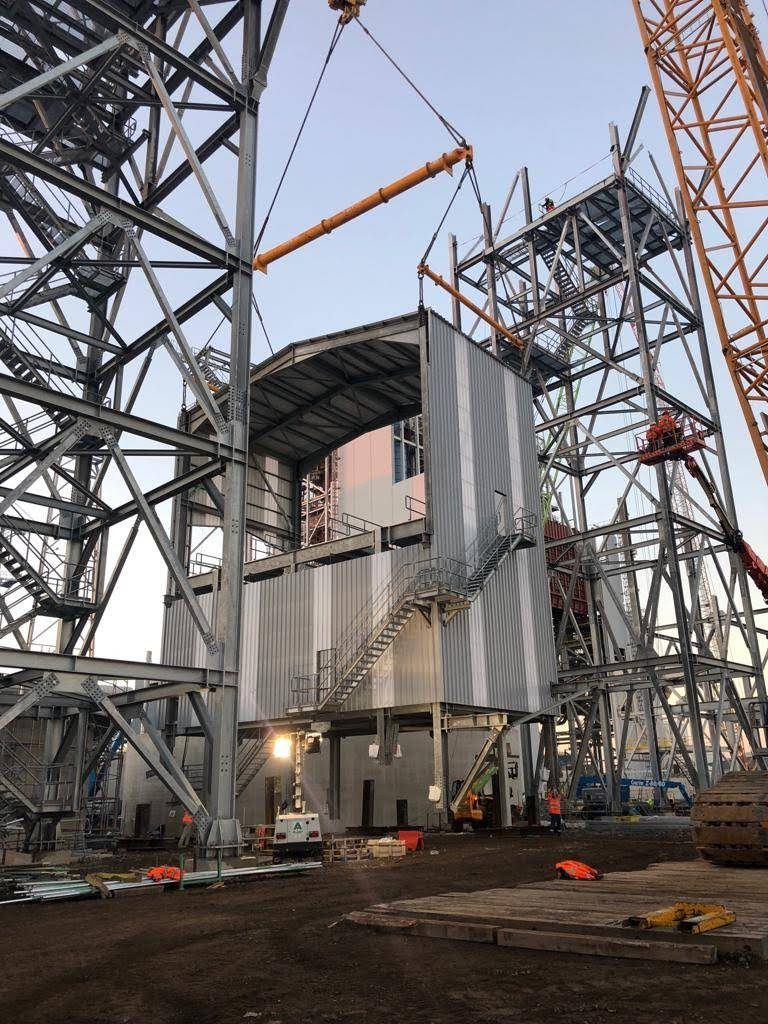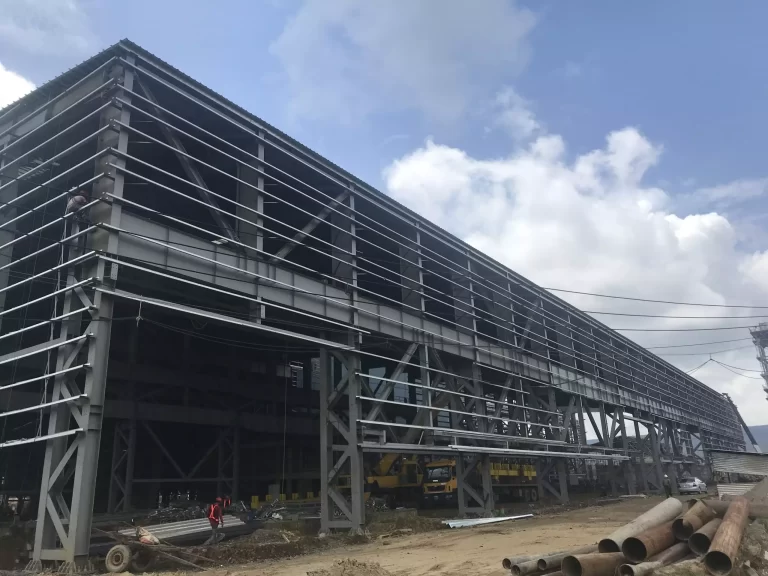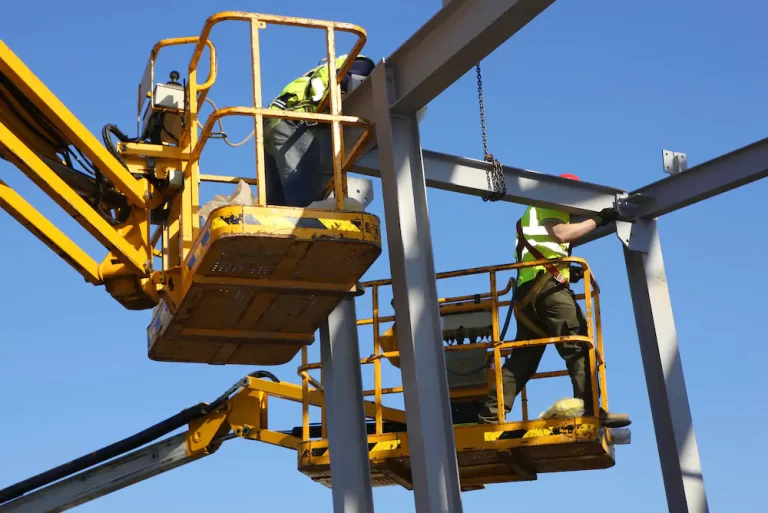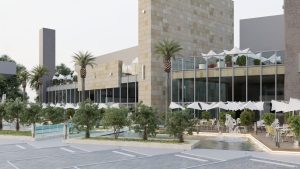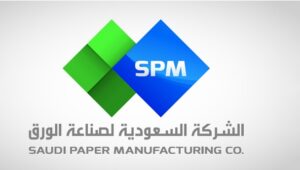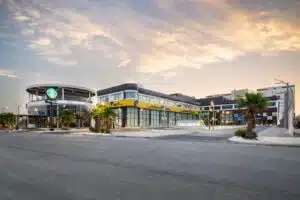Steel Fiber-Reinforced Concrete: A Systematic Review
Steel fiber-reinforced concrete has been a topic of research for many years, but the material and its properties continue to be an area of interest in the construction industry. Steel fiber-reinforced concrete (SFRC) is a composite material made up of steel fibers embedded in a cement paste matrix. It has been used as a reinforcement material in structures such as bridges and buildings since the 1950s. This systematic review will cover the properties of SFRC, its applications, and various research conducted on the material over time. It will discuss recent developments in this field and provide an overview on how it can be used to improve structural performance.
Steel Fiber-Reinforced Concrete
Steel fiber-reinforced concrete (SFRC) is a type of reinforced concrete that contains steel fibers. The steel fibers are added to the concrete mix, providing additional reinforcement for the concrete. SFRC has been used extensively in Europe and Asia for many years, but it is only recently gaining popularity in the United States.
SFRC offers many benefits over traditional reinforced concrete, including increased strength, improved durability, and greater resistance to cracking and spalling. Additionally, SFRC is much easier to work with than traditional reinforced concrete, making it an ideal choice for a variety of applications.
If you are considering using SFRC for your next project, be sure to consult with a qualified engineer or contractor to ensure that it is the right choice for your specific needs.
Where is steel fibre reinforced concrete used?
Steel fibre reinforced concrete (SFRC) is a type of concrete that contains steel fibres. These fibres can be added to the concrete mix during the manufacturing process, or they can be sprinkled on top of the wet concrete. SFRC is used in a variety of applications, including:
-Strengthening existing concrete structures
-Construction of new buildings and bridges
-Making prefabricated concrete products, such as pipes and slabs
-Repairing and resurfacing damaged concrete surfaces
Why use steel fiber in concrete?
There are many reasons to use steel fiber-reinforced concrete (SFRC). SFRC is an attractive option for many applications because it is strong, durable, and easy to work with.
SFRC has a high compressive strength, which makes it ideal for structural applications. It also has a high flexural strength, which makes it resistant to cracking and brittleness. Additionally, SFRC is resistant to fire and abrasion.
SFRC is easy to work with because it can be cast in any shape or form. It can also be applied directly to existing concrete structures. SFRC is also less expensive than other reinforcing options, such as carbon fiber-reinforced concrete (CFRC).
Overall, SFRC is an attractive option for many applications because of its strength, durability, and ease of use.
How steel fiber reinforced concrete is made?
“How steel fiber reinforced concrete is made?”
Steel fiber reinforced concrete (SFRC) is a type of concrete that contains steel fibers. These steel fibers give the concrete added strength and reinforcement, making it ideal for use in high-strength applications. SFRC is made by adding steel fibers to regular concrete during the mixing process. The amount of steel fibers used can vary, but typically ranges from 1% to 5% by volume.
Is fiber reinforced concrete stronger?
Fiber-reinforced concrete is a type of concrete that includes reinforcement with fibers. The fibers used can be synthetic, such as glass or carbon, or natural, such as hemp or jute. The addition of fibers to concrete can improve its strength and durability while also reducing cracking and shrinkage.
There is a great deal of debate over whether fiber-reinforced concrete is stronger than regular concrete. Some studies have shown that fiber-reinforced concrete is indeed stronger than regular concrete, while other studies have shown no significant difference in strength between the two types of concrete. It is difficult to compare the results of different studies because there are so many variables that can affect the strength of concrete, such as the type and amount of fibers used, the mix design, and the curing conditions.
Overall, it appears that fiber-reinforced concrete can be slightly stronger than regular concrete, but more research is needed to confirm this.
Steel Fiber Reinforced Concrete | Mix Design
Steel fiber-reinforced concrete (SFRC) is a type of concrete that contains steel fibers. The steel fibers can be either randomly distributed or oriented in a particular direction. SFRC has many advantages over traditional concrete, including improved ductility, tensile strength, and energy absorption. It also has better resistance to cracking and impact damage.
SFRC is typically made by adding steel fibers to the concrete mix during the mixing process. The amount of steel fiber added depends on the desired properties of the final product. For example, a higher volume fraction of steel fibers will result in a stronger and more ductile concrete. The type of steel fiber used also affects the properties of the final product; for example, using high-strength steel fibers will improve the toughness of the concrete.
The mix design of SFRC is similar to traditional concrete, with some modifications to account for the presence of steel fibers. For example, the amount of water used in the mix must be carefully controlled to avoid excessive bleeding or segregation of the steel fibers. In addition, it is important to use an appropriate type and size of aggregate to ensure good interfacial bonding between the matrix andsteel fibers.
Experimental Study of Steel-fiber Reinforced Concrete
In this study, the compressive strength and flexural behavior of steel-fiber reinforced concrete (SFRC) were experimentally investigated. SFRC is a composite material consisting of concrete and steel fibers which is used to improve the mechanical properties of concrete. The compressive strength of SFRC was found to be significantly higher than that of conventional concrete, and the flexural strength was also improved. In addition, the post-cracking behavior of SFRC was also studied, and it was found that SFRC exhibits superior toughness compared to conventional concrete.
Steel Fiber Reinforced Concrete FAQ
1. What is steel fiber-reinforced concrete?
Steel fiber-reinforced concrete (SFRC) is a type of concrete that contains steel fibers. The steel fibers provide reinforcement to the concrete, which helps to improve its strength and durability.
2. What are the benefits of using SFRC?
SFRC can offer a number of benefits over traditional concrete, including improved strength, durability, and resistance to cracking. In addition, SFRC is often easier to work with than traditional concrete, making it ideal for a variety of construction projects.
3. How is SFRC made?
SFRC is made by adding steel fibers to the concrete mix during the manufacturing process. The steel fibers can be added in a variety of ways, such as mixing them into the dry ingredients before adding water, or adding them directly to the wet concrete mix.
4. What are the different types of steel fibers used in SFRC?
There are a variety of steel fibers that can be used in SFRC, each with their own unique properties and benefits. Common types of steel fibers include carbon fiber, stainless steel, and galvanized steel.

